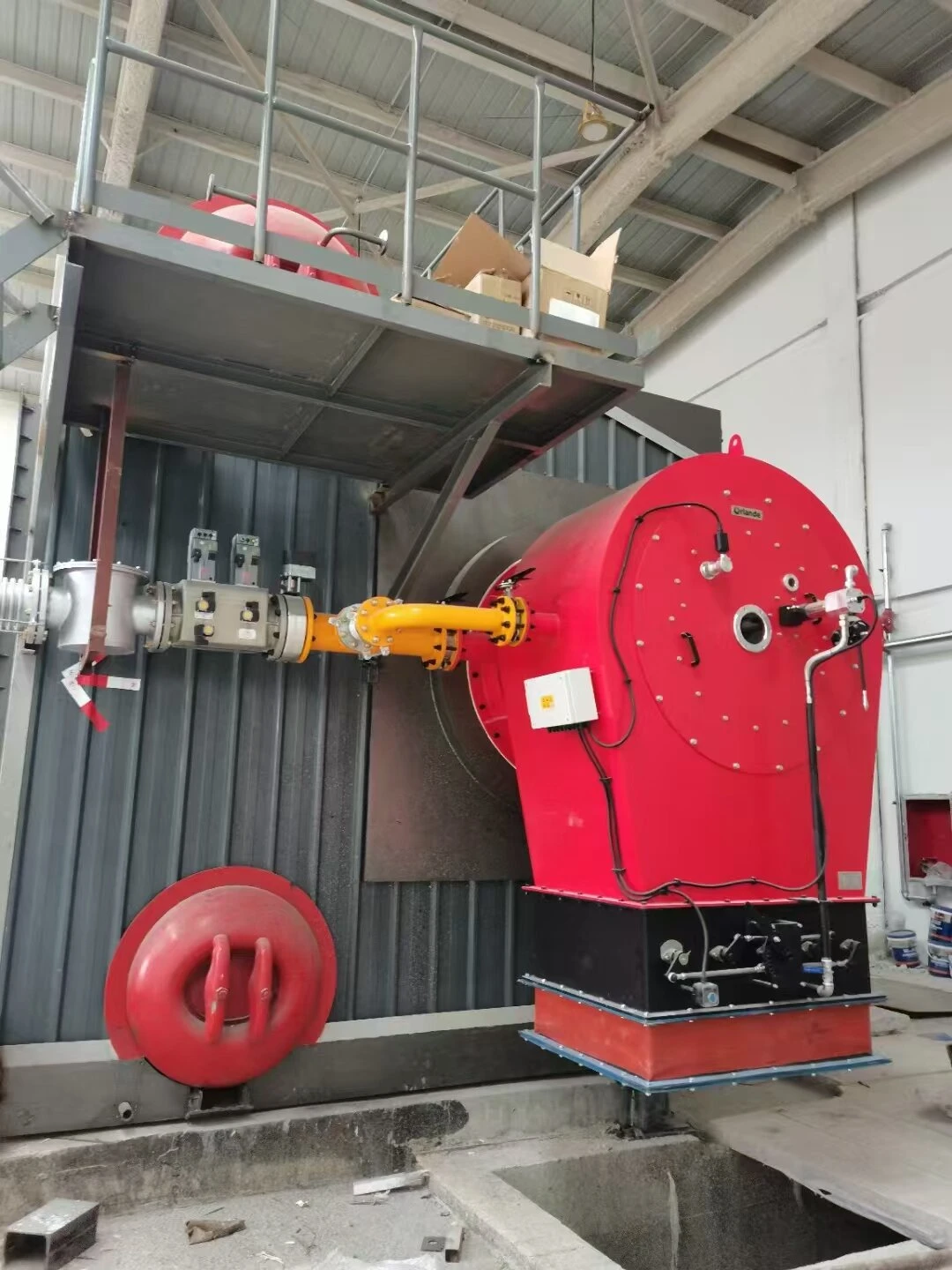
Dec . 18, 2024 08:51 Back to list
steam boiler size
Understanding Steam Boiler Sizes Key Considerations and Guidelines
Steam boilers are integral components in various industries, providing essential heat and power for processes ranging from power generation to food production and pharmaceutical manufacturing. Selecting the appropriate steam boiler size is crucial for operational efficiency, energy usage, and cost-effectiveness. In this article, we will explore the factors that influence steam boiler size, the methods for determining the right size, and the advantages of making an informed choice.
Importance of Proper Sizing
A steam boiler that is too small for its intended purpose will struggle to meet demand, leading to inadequate steam supply, increased wear and tear, and higher operational costs due to inefficiencies. Conversely, an oversized boiler may result in higher initial costs, frequent cycling, and reduced efficiency. Therefore, understanding how to size a steam boiler accurately is paramount for any facility relying on steam for operations.
Factors Influencing Steam Boiler Size
1. Steam Demand The primary factor in determining the size of a steam boiler is the steam demand of the application. This demand can vary based on the type of industry, the processes involved, and the operational time. For example, a manufacturing facility may require a continuous supply of steam, while a commercial kitchen may have intermittent needs.
2. Pressure Operating Conditions Different applications operate at different steam pressures. Higher pressure applications may require a more robust boiler design, which can impact the overall size. It's essential to consider how pressure requirements will influence the selection and sizing of the boiler.
3. Heat Recovery Needs Some facilities may have systems in place for recovering heat from processes. By considering these heat recovery options, a facility can potentially reduce the overall size of the boiler required, optimizing performance and efficiency.
4. Fuel Type The type of fuel utilized can also affect the boiler size and design. For instance, natural gas boilers may require different considerations than coal or oil-fired systems, influencing not only the size but also the economics and operational efficiency of the boiler system.
5. Safety Margins Engineers often include safety margins when sizing boilers. These margins account for fluctuations in demand and allow for unforeseen increases in steam requirements. It’s crucial to balance the need for a safety margin with the risks of over-sizing.
steam boiler size

Methods for Determining Boiler Size
1. Heat Load Calculations One common method for sizing a steam boiler is to perform heat load calculations. This involves determining the total BTUs (British Thermal Units) required to heat a facility or process. Calculations should consider factors like insulation, heat loss through walls and windows, and the specific heat requirements of the processes involved.
2. Steam Output Calculations The required steam output can be calculated by analyzing the operational demands of the equipment and systems that will be using steam. This method provides a clearer picture of how much steam generation capacity is necessary.
3. Manufacturer Guidelines Consulting with boiler manufacturers can provide essential insights into sizing. Manufacturers often provide charts and calculators to assist in determining the appropriate boiler size based on the application and operating conditions.
Advantages of Proper Sizing
Making an informed decision regarding steam boiler size offers numerous advantages
- Operational Efficiency A correctly sized boiler operates more efficiently, minimizing fuel consumption and reducing operational costs. - Extended Equipment Lifespan Proper sizing reduces the strain on boiler components, resulting in lower maintenance costs and prolonging the life of the equipment. - Enhanced Productivity Meeting steam demand reliably ensures that processes run smoothly, increasing overall productivity. - Environmental Benefits Efficient boilers typically have lower emissions, contributing to sustainability efforts.
Conclusion
Selecting the right steam boiler size is a complex process influenced by numerous factors, including demand, pressure requirements, and operational needs. By carefully assessing these elements and utilizing effective sizing methods, industries can achieve optimal performance, maximize efficiency, and minimize costs. Investing time and resources into determining the best boiler size ultimately leads to sustainable practices and enhanced operational success. With a thorough understanding of steam boiler sizing, facilities can navigate this critical aspect of their operations confidently.
-
High-Efficiency Commercial Oil Fired Steam Boiler for Industry
NewsJul.30,2025
-
High-Efficiency Biomass Fired Thermal Oil Boiler Solutions
NewsJul.30,2025
-
High Efficiency Gas Fired Thermal Oil Boiler for Industrial Heating
NewsJul.29,2025
-
High-Efficiency Gas Fired Hot Water Boiler for Sale – Reliable & Affordable
NewsJul.29,2025
-
High Efficiency Biomass Fired Hot Water Boiler for Industrial and Commercial Use
NewsJul.29,2025
-
High-Efficiency Biomass Fired Hot Water Boiler for Industrial Use
NewsJul.28,2025
Related PRODUCTS






















